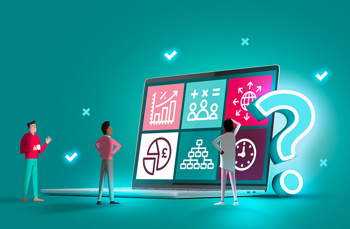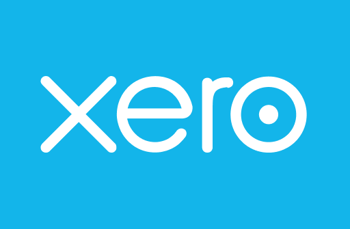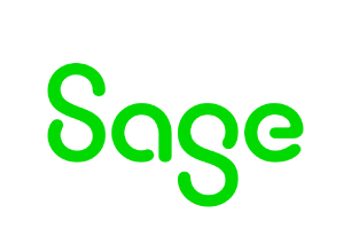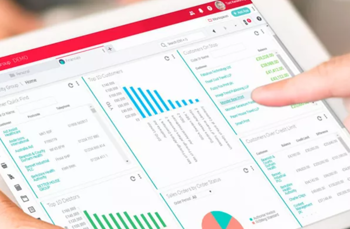Switching Finance Software Made Easy Powered by Access Evolve
Thinking about switching your finance software? You’re not alone. Recent research shows 63% of finance decision makers plan to switch their finance software in the next 5 years often due to challenges around scalability, reliability and integration.
Built for UK Mid-Market organisations, Access Evolve, our AI finance tool and intelligent ERP system helps finance teams reduce manual admin and costs through automation and delivers actionable insights all from one integrated AI-powered platform.
Join 1000s of finance experts who trust our Finance Software
Why Switch to Access Evolve?
Built for UK Finance. Ready for What’s Next.
What Keeps CFOs Up at Night and How Evolve Helps
Financial leaders are under pressure to do more than manage the books. They’re expected to drive strategy, ensure compliance, and deliver real-time insights whilst navigating economic uncertainty and talent shortages. Access Evolve is built to meet these challenges head-on. What this means for you:
1. Limited visibility into cash flow
The Challenge: CFOs struggle to understand customer and supplier stability, especially in uncertain markets.
The Solution: Real-Time Cash Flow Insights
Experian risk data blended with aged debt gives a clear, dynamic view of financial health across relationships.
2. Manual, time-consuming reporting
The Challenge: Month-end reporting takes too long and drains resources.
The Solution: Faster, Smarter Reporting
AI-powered automation cuts reporting time in half — from 10 days to just 5.
3. Difficulty forecasting in volatile markets
The Challenge: Forecasts are often inaccurate, making strategic planning risky.
The Solution: Accurate Forecasting
Advanced analytics improve forecasting accuracy by up to 40%, even in unpredictable conditions.

4. Increasing compliance demands (ESG, cybersecurity, MTD)
The Challenge: Staying audit-ready is complex and resource-intensive.
The Solution: Compliance Made Easy
Automated reporting for MTD, ESG, and ISO/IEC 27001 ensures you're always prepared.
5. Burnout and talent retention in finance teams
The Challenge: Repetitive tasks and pressure lead to disengagement and turnover.
The Solution: Empowering Finance Teams
Evo Copilot and intelligent feeds automate routine work, boosting morale and productivity.
6. Disconnected systems and data silos
The Challenge: Fragmented data makes strategic decision-making difficult.
The Solution: Strategic Decision Support
Unified data enables finance leaders to deliver insights that drive growth — without overhauling existing systems.

Switching Made Easy
- Rapid Implementation: Our expert team ensures a smooth transition with minimal disruption.
- Dedicated Support: Access to 250+ UK based experts, online resources, and a thriving user community.
- Automatic Upgrades: Always work on the latest version with no hidden costs.
- Enterprise-Level Security: ISO/IEC 27001 certified, GDPR-compliant, and hosted in UK data centres.
Your Complete Finance Ecosystem
When it comes to choosing finance software, UK businesses need more than just slick dashboards and cloud hosting. They need a solution that understands the realities of scaling, compliance, and cash flow in today’s market.

Built for UK SMBs
Unlike US-centric platforms, Evolve is designed around UK regulations, tax structures, and reporting standards — including Making Tax Digital, VAT, and Companies House requirements.

All-in-One, Not Add-On
Evolve brings finance, payroll, HR, analytics, and project accounting together in one place.
No bolt-ons

AI That Works for You
From bank reconciliation to forecasting, Evolve’s intelligent tools automate the heavy lifting — saving time and improving accuracy.

Scales Without the Headaches
Managing one entity or ten? It doesn't matter, as Access Evolve grows with you. No need to replatform or rebuild your processes.
How we Stack Up Against Leading Solutions

Xero vs. Access Financials
Xero is a popular choice for small businesses, but as your company grows, basic bookkeeping may not be enough. This guide compares Access Financials vs Xero to help UK businesses choose a solution that scales with complexity, ensures compliance, and supports long-term growth.

iplicit vs. Access Evolve
Changing or transforming your finance system and processes can feel overwhelming. This guide compares Access Evolve and iplicit, to help you take the best decision for your business.

Sage Intacct vs. Access Financials
Choosing the right finance software is a strategic decision, not just a technical one. If you're considering switching from Sage Intacct or researching smarter alternatives, this guide compares two leading platforms to help you make the best choice for your business.
Switching finance software resources

How to choose the right accounting software
Here, we explain how to choose accounting software that’s going to help drive your business forward and deliver optimum efficiency and reliability for finance teams.

Switching your software to Access Finance
In this post, we wanted to give you an outline of what you can expect both before you switch and after you start using Access Financials and give you some tips about how to switch accounting software.

Top tips for choosing your new finance system
In this guide, we’re giving you some tips to help you run the choice process and spot the sort of things that you need to think about. We’ve even included a handy downloadable checklist to help you on your way.

How to implement a new accounting system
If you’re ready to bring your finance function up to date, how do you kick off the accounting system migration checklist? And what things do you need to do to prepare and ensure a smooth transition?

 AU & NZ
AU & NZ
 SG
SG
 MY
MY
 US
US
 IE
IE









